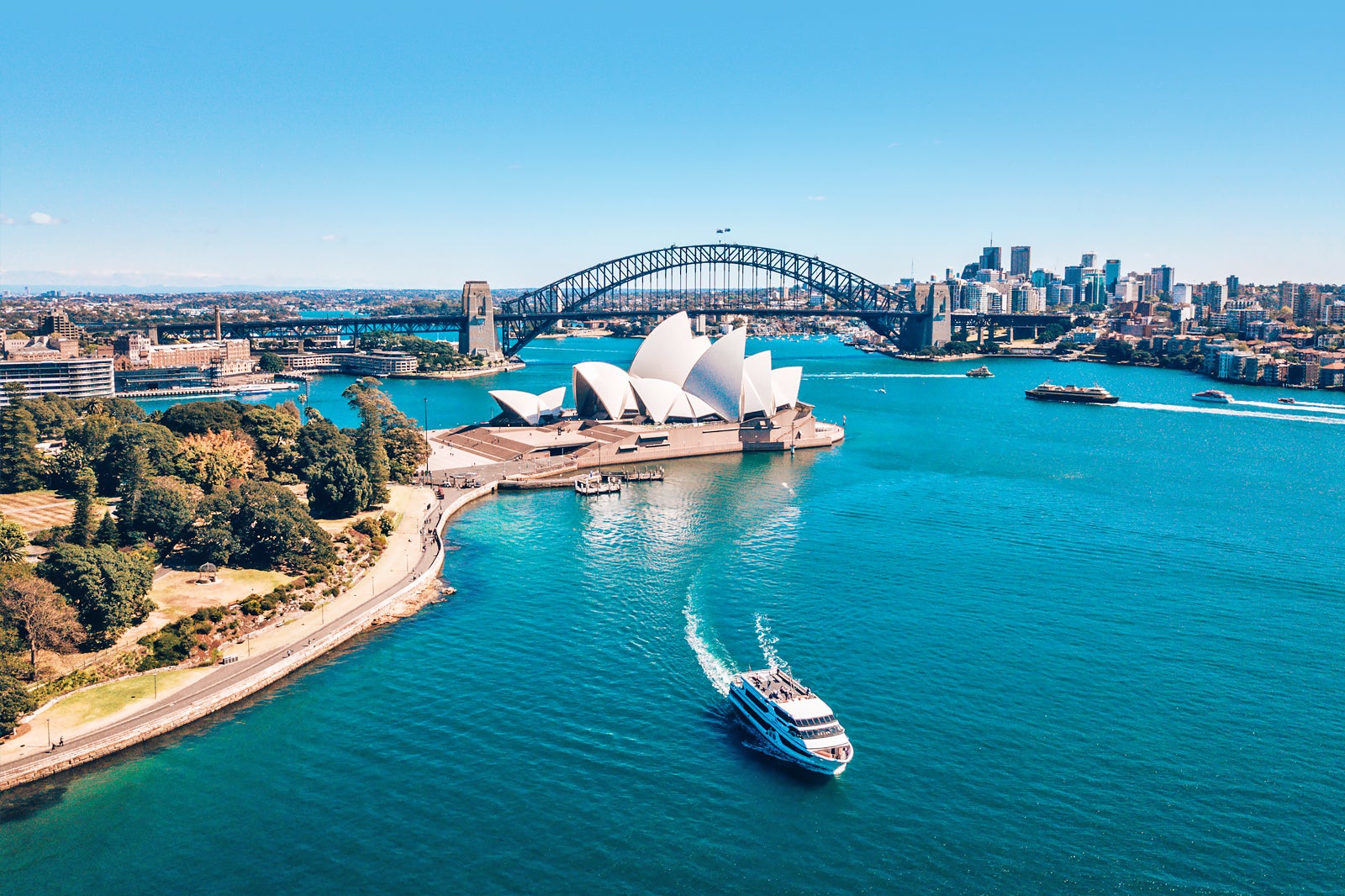www.touradvice.info
Travel
and Vacation Advice
Sydney
As the state capital of New South Wales in Australia, Sydney is certainly full of rich history that any traveller would like to discover for themselves. Established in 1788 when Briton Arthur Phillip claimed Australia for England, Sydney has grown to be one of the more famous cities in the world, boasting over four million people for the population.
Situated along the Sydney Harbour, Sydney is known as the ‘Harbour City’ in which travellers and residents can enjoy such sights as the Sydney Opera House and Harbour Bridge. A previous host of the Summer Olympics, Sydney is certainly creating a destination for the travellers of today and the future.
The indigenous Australians once roamed the lands of Sydney and the surrounding areas for approximately thirty thousand years. And while their numbers dwindled before the arrival of Arthur Phillips, they still inhabited the area and made their homes in the region.
In the past, there were three different languages spoken in Sydney: Darug, Dharawal, and Guringai. Many of these languages also have separate dialects for various tribes and clans. These languages are all but gone now, but rock carvings remain to tell the stories of these ancient peoples.
In 1770, James Cook was the first to see Australia and note its existence. This led to the British convict settlement as founded by Arthur Phillip. Founded in Sydney Cove, this settlement was named after the British home secretary. A few years later in 1789, a virulent disease spread over the land, killing the indigenous populations—many believe that this was the result of smallpox.
By 1820, there were few aborigines left and the period of civilization began: the education and Christianization of the natives. With the leadership of Governor Macquarie, the city of Sydney began to take a more organized form. Roads and wharves were constructed and local development was rapid. People began arriving from Britain and Ireland in order to find a new life for themselves.
This influx of people led to some of the first villages and later towns in Sydney. As the era of gold rushes came and went, the development of suburbs and improved transportation also blossomed. The construction of railways and tramways in the nineteenth century aided this rapid development. By the twentieth century, Sydney already had a population of over a million people. While the Great Depression hit Sydney hard, the Harbour Bridge was still completed during that time.
With the second highest immigrant population of any larger world city, Sydney is an interesting mix of culture and expression. In fact, forty-five percent of the population is said to be migrants of some relation. This makes for a different feeling in the city—one of acceptance and sharing, rather than segregation.
This allows Sydney to be an ideal vacation destination for those travellers that want a sense of history and development as well as great weather and nearby activities. Sydney is more than a vacation hotspot; it’s where time has shown that anything can be achieved with patience and hard work. |
Note: The data provided on this website is for informational purpose only. You are not expected to act upon the advice, if any, given in this website. It is strongly advised that before proceeding for travel to an outside country, please contact your country's external affairs ministry for any travel advisory issued. Further, the travel itinerary has to be planned in consultation with an expert travel planner. We are not responsible for any act done based on the data in this website, since this is only for academic interest and not to be treated as a practical guide. Disclosure: We are compensated for our reviews. Click Here for details
|
copyright www.touradvice.info all rights reserved
